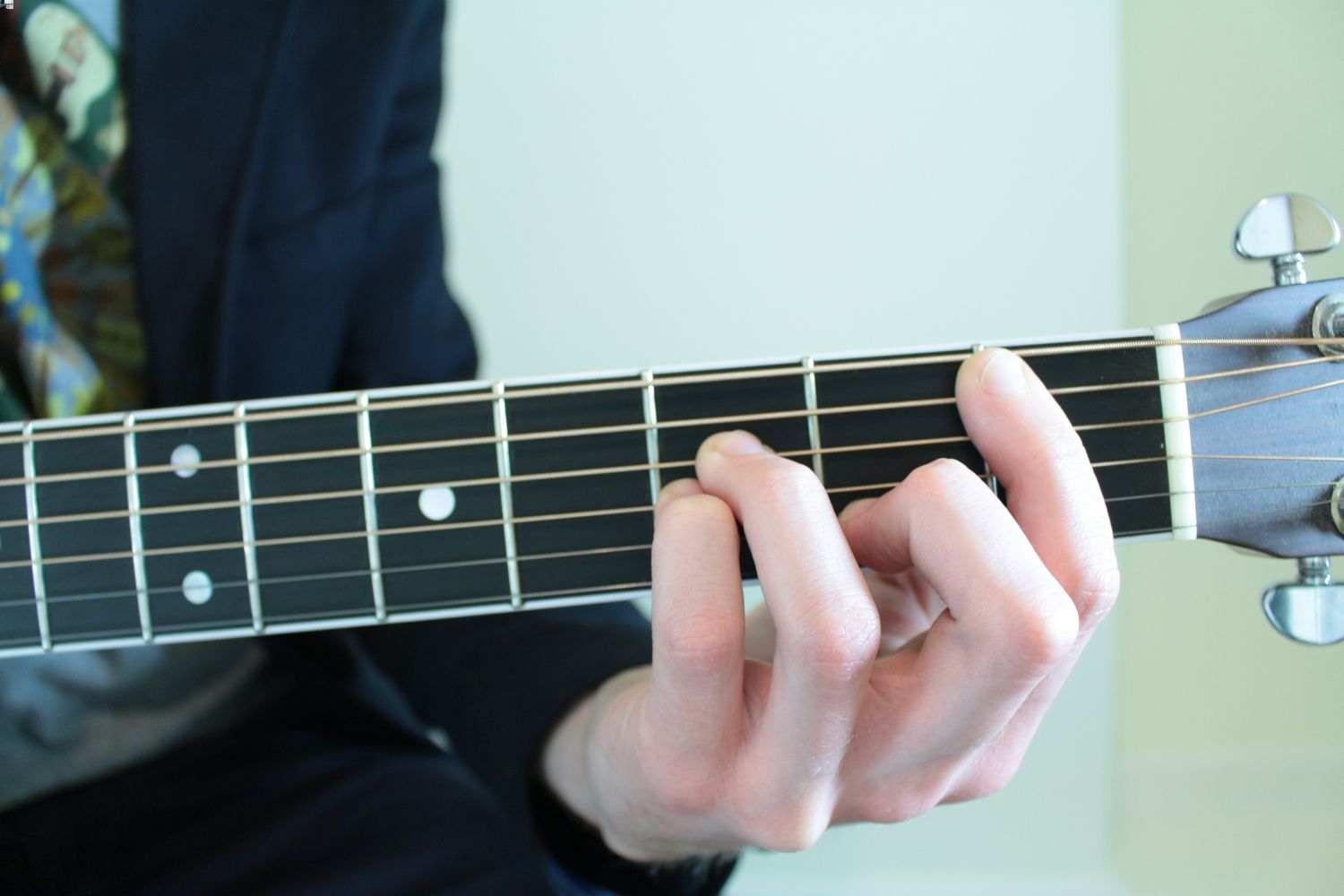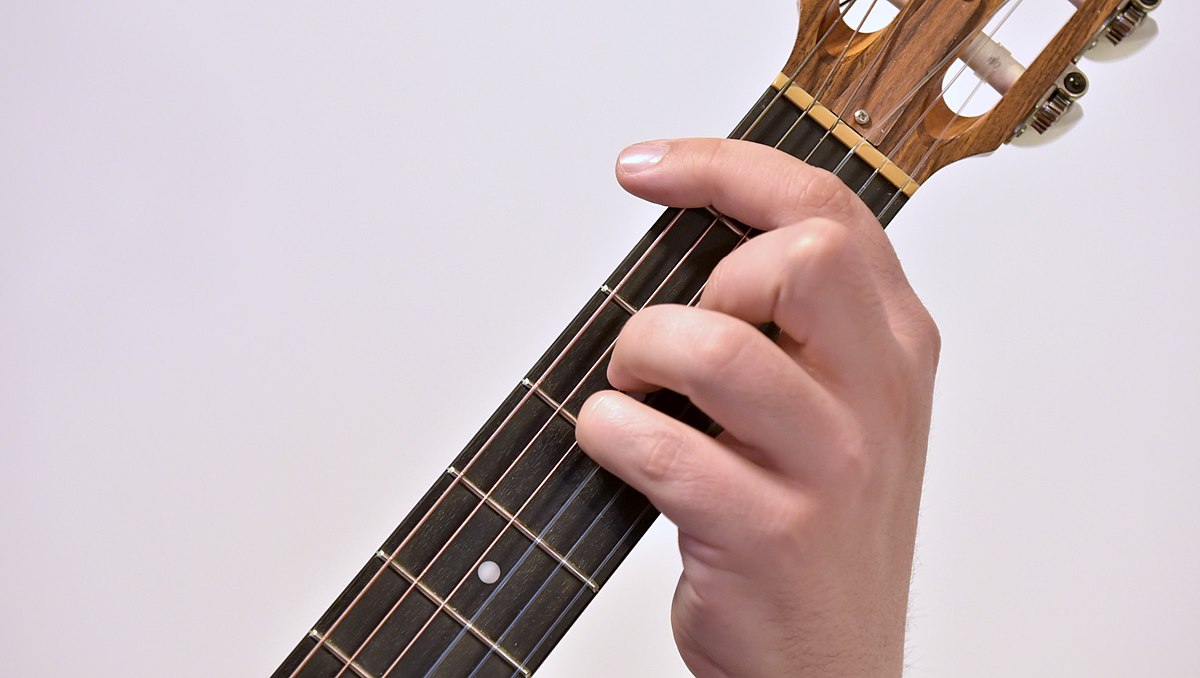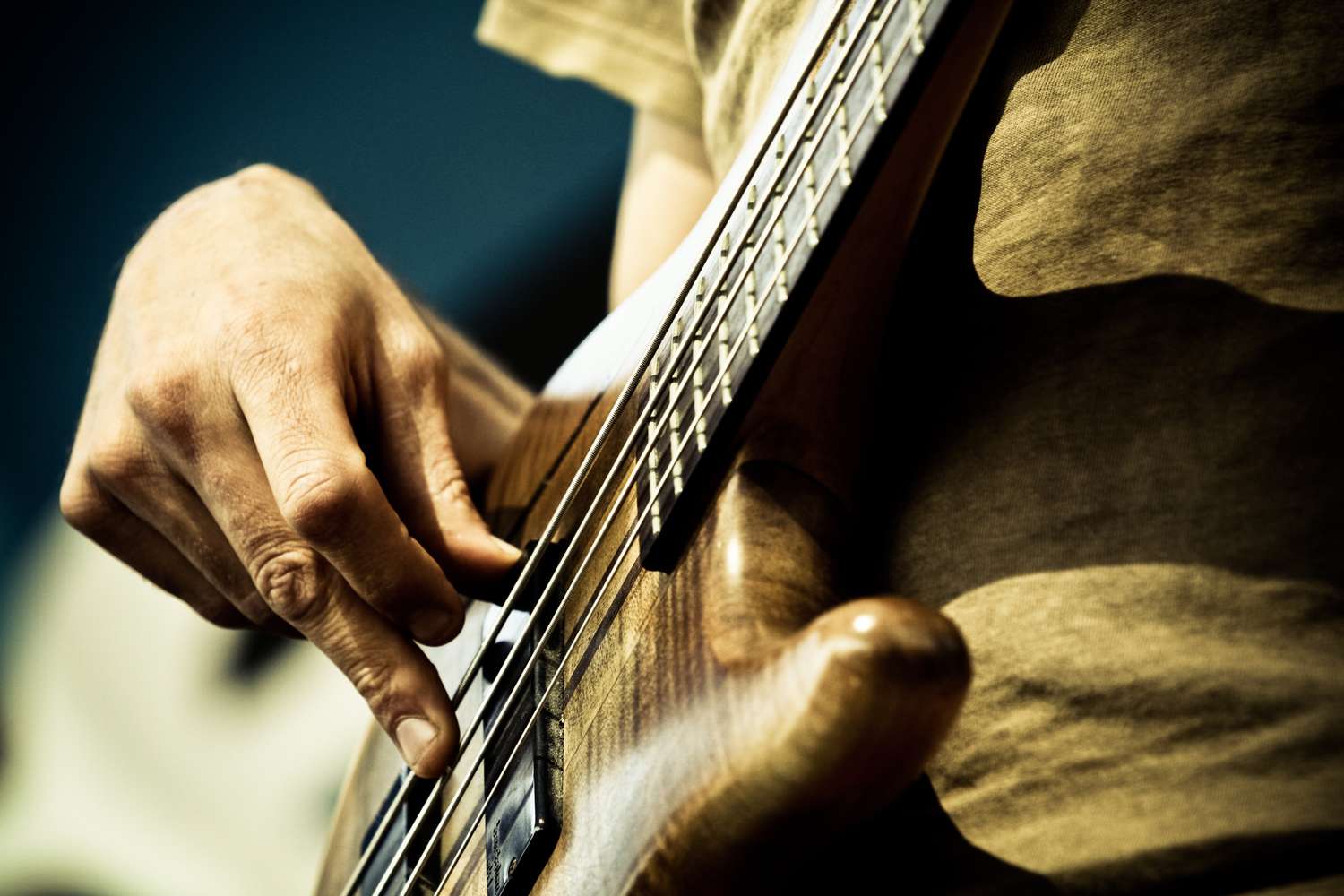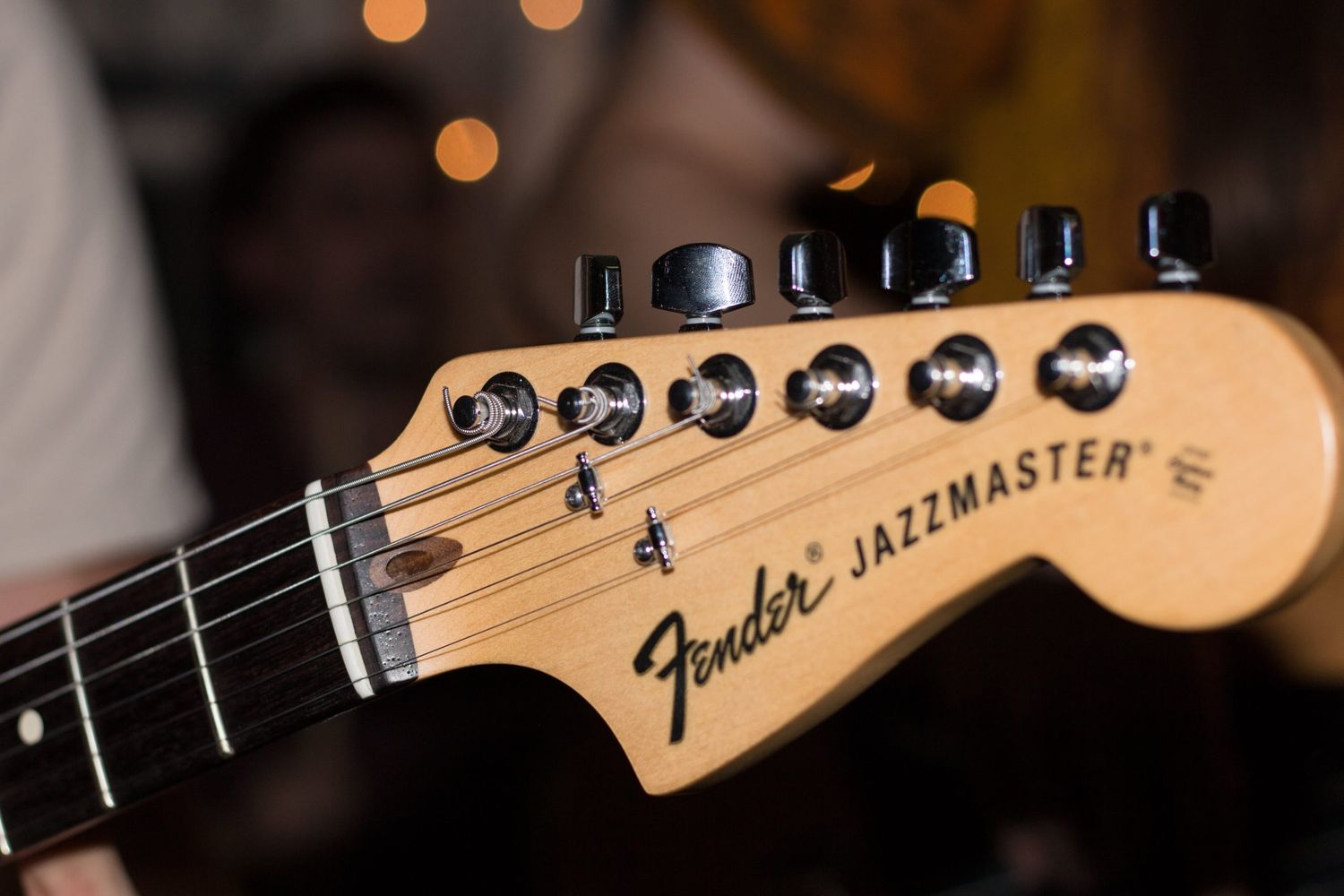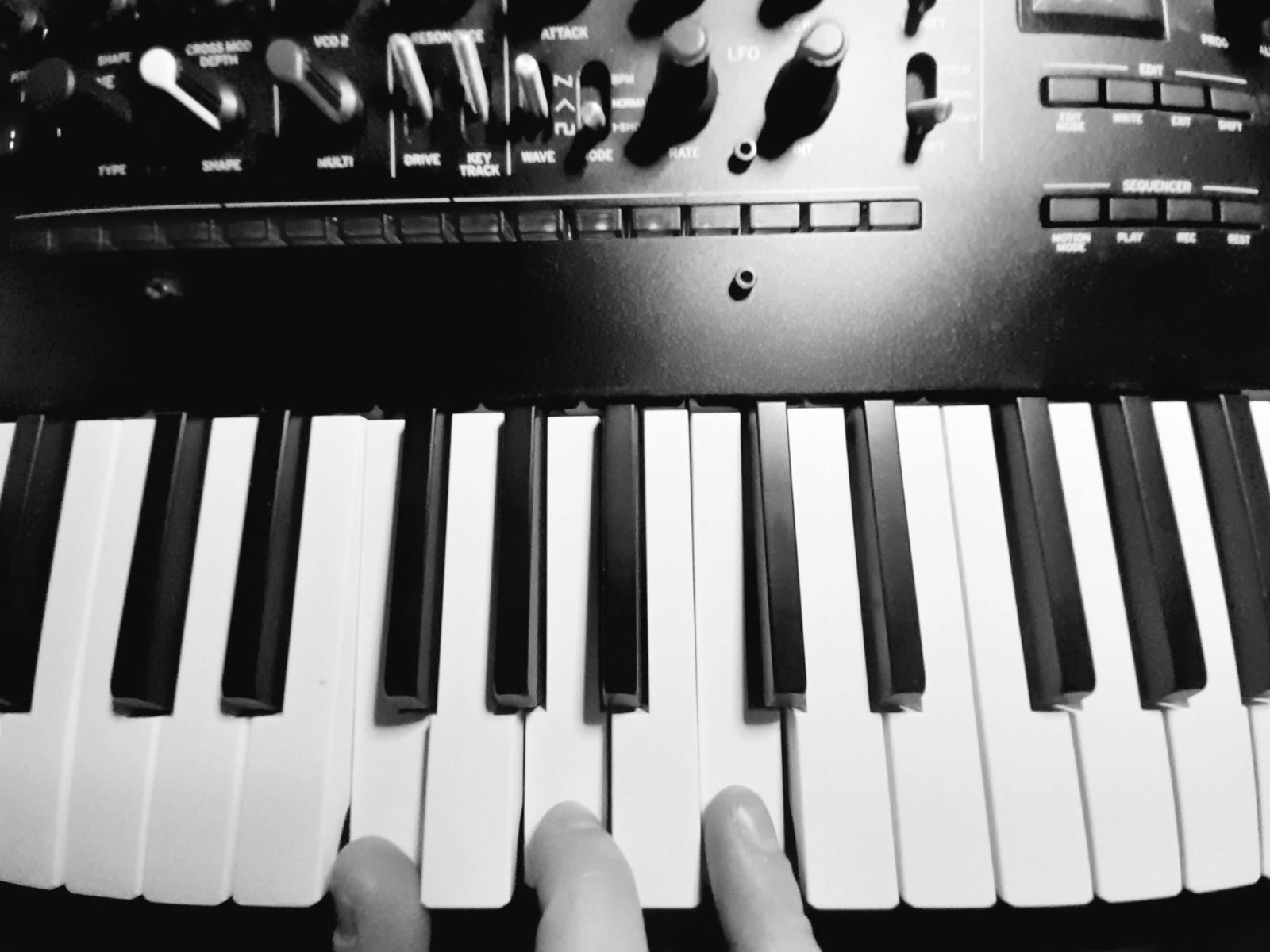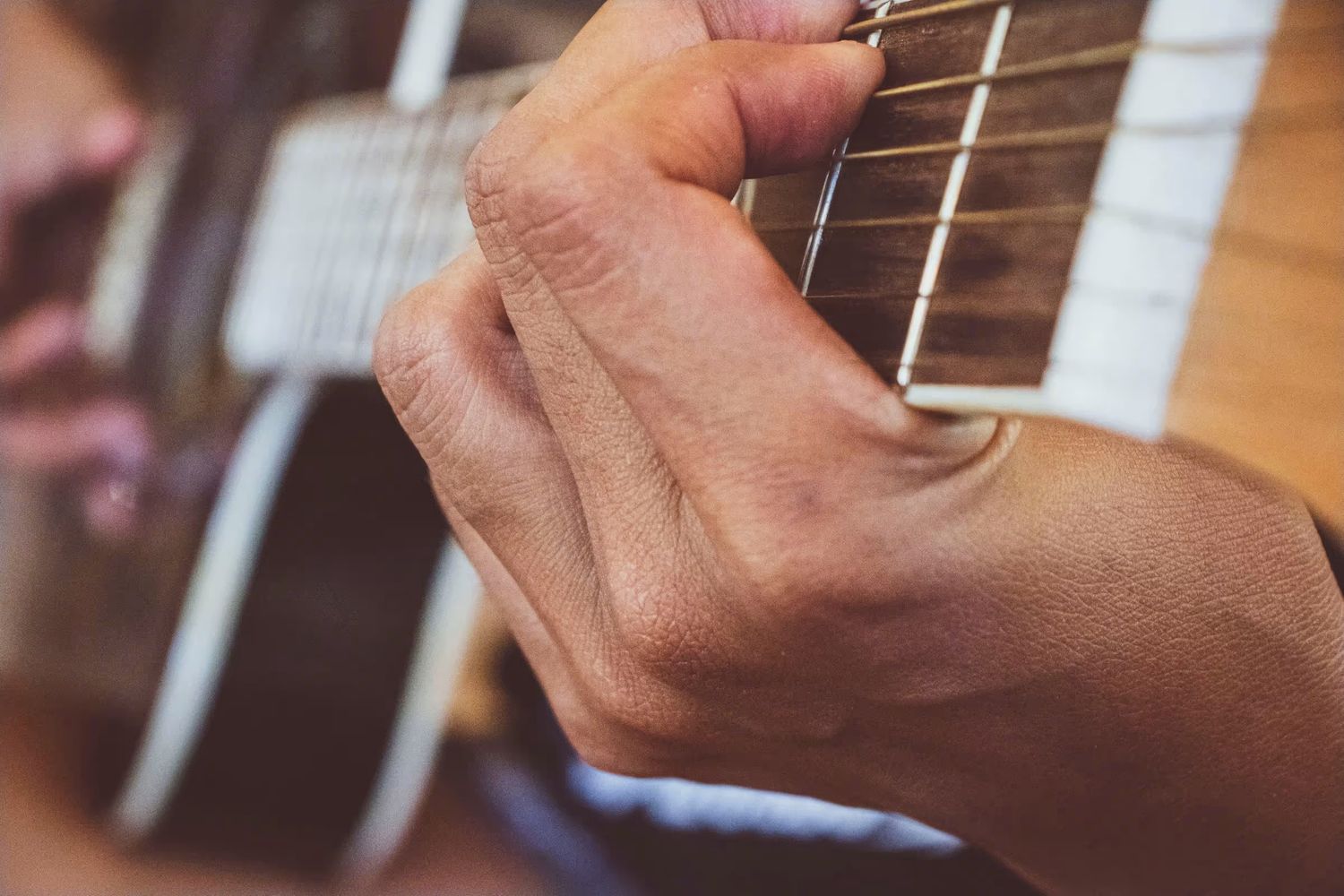Home>Instruments>Guitar>How To Play C Chord On Guitar
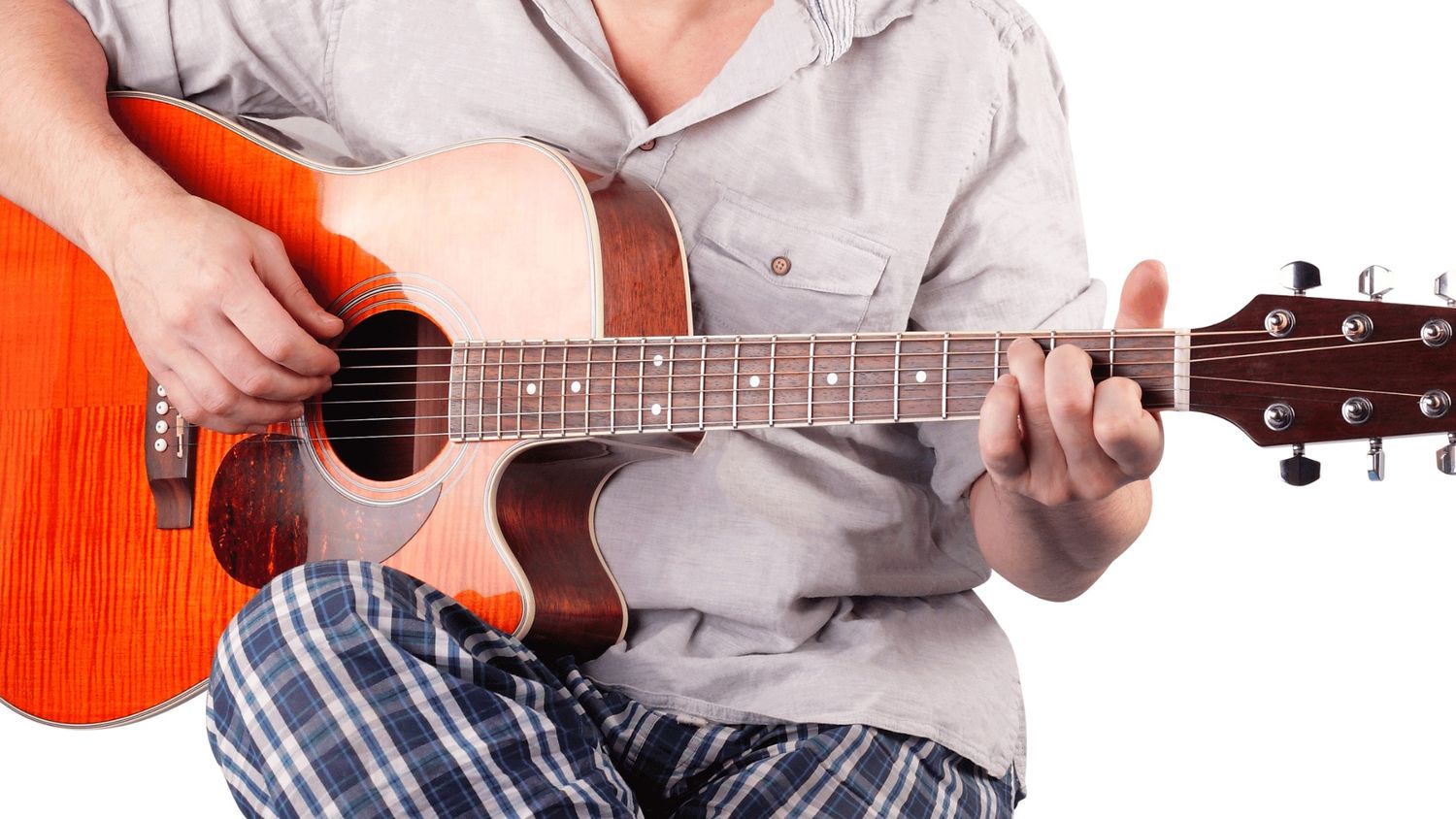

Guitar
How To Play C Chord On Guitar
Published: February 13, 2024
Learn how to play the C chord on guitar with our step-by-step guide. Master the basics and start strumming your favorite songs today.
(Many of the links in this article redirect to a specific reviewed product. Your purchase of these products through affiliate links helps to generate commission for AudioLover.com, at no extra cost. Learn more)
Table of Contents
Introduction
Learning to play the guitar is a rewarding journey that opens up a world of musical possibilities. Whether you’re a beginner or an experienced guitarist, mastering essential chords is crucial for building a strong foundation in playing the instrument. Among the fundamental chords every guitarist should know is the C chord, a versatile and widely used chord in various musical genres.
Understanding how to play the C chord on the guitar is a significant milestone for anyone embarking on their musical endeavors. The C chord’s crisp and harmonious sound makes it a favorite among musicians and learners alike. In this comprehensive guide, we will delve into the intricacies of playing the C chord on the guitar, covering everything from finger placement to common mistakes to avoid. By the end of this article, you will have a solid grasp of the C chord, empowering you to incorporate it seamlessly into your guitar playing repertoire.
Whether you aspire to strum along to your favorite songs, write your own music, or simply enjoy the therapeutic benefits of playing the guitar, mastering the C chord is an essential step in your musical journey. So, grab your guitar, tune the strings, and let’s embark on a fulfilling exploration of the captivating C chord.
Understanding the C Chord
Before delving into the physical aspect of playing the C chord on the guitar, it’s essential to grasp the theoretical foundation of this fundamental chord. The C chord is a triad, comprised of three notes: C, E, and G. In the context of guitar playing, the C chord is typically formed using five of the six strings, with the low E string being omitted. When strummed, the C chord produces a bright and resonant sound, making it a popular choice for both acoustic and electric guitar compositions.
One of the defining characteristics of the C chord is its versatility. It serves as a cornerstone in countless songs across various musical genres, including pop, rock, folk, and more. The harmonic richness of the C chord makes it an indispensable tool for any guitarist, offering a melodic anchor for chord progressions and musical arrangements.
Understanding the structure of the C chord also provides valuable insights into music theory. As a major chord, the C chord exudes a sense of stability and resolution, making it an integral component of harmonic sequences and songwriting. Additionally, the C chord’s compatibility with other chords allows for seamless transitions and captivating musical compositions.
As you acquaint yourself with the nuances of the C chord, consider its role within the context of different musical keys and progressions. By recognizing its harmonic significance and sonic characteristics, you’ll gain a deeper appreciation for the role the C chord plays in shaping the musical landscape.
Now that we’ve laid the groundwork for understanding the C chord, let’s transition to the practical aspect of bringing this chord to life on the fretboard.
Finger Placement for C Chord
Mastering the C chord on the guitar begins with precise finger placement on the fretboard. To form the C chord, follow these steps:
- Positioning Your Fingers: Start by positioning your fretting hand with your palm facing the guitar neck. Place your ring finger on the 3rd fret of the A string, your middle finger on the 2nd fret of the D string, and your index finger on the 1st fret of the B string. Ensure that your fingers are arched and positioned close to the frets for optimal sound production.
- Avoiding String Muting: Pay attention to the placement of your fingers to prevent unintentional muting of adjacent strings. Each fingertip should press down on its respective string firmly, allowing for clear and resonant notes when strummed.
- Strumming Hand Position: As you position your fretting hand, orient your strumming hand above the soundhole or pickup, ready to execute a fluid strumming motion across the strings.
It’s essential to maintain a relaxed yet firm grip on the fretboard, allowing for efficient finger movement and chord transitions. As you familiarize yourself with the finger placement for the C chord, take the time to ensure that each string rings out clearly when strummed. Patience and precision in finger positioning are key to producing a crisp and melodious C chord.
Practicing the finger placement for the C chord regularly will gradually build muscle memory and dexterity in your fretting hand, leading to smoother chord transitions and an overall enhanced playing experience. With consistent practice, the process of forming the C chord will become second nature, empowering you to integrate it seamlessly into your musical repertoire.
Now that you’ve established the foundational finger placement for the C chord, let’s explore the art of strumming this captivating chord to bring forth its melodious resonance.
Strumming the C Chord
Once you’ve mastered the finger placement for the C chord, the next vital aspect is to execute a fluid and melodious strumming technique. Strumming the C chord effectively involves the following considerations:
- Strumming Pattern: Begin by adopting a suitable strumming pattern for the musical piece or practice session. Common patterns include the downstroke strum, upstroke strum, and various combinations of both to create rhythmic diversity and expression.
- Consistent Pressure: Maintain consistent pressure on the strings with your strumming hand to ensure uniformity in sound production. Avoid exerting excessive force, as it may lead to muted or buzzing strings, detracting from the chord’s clarity.
- Rhythmic Precision: Focus on maintaining a steady rhythm while strumming the C chord, aligning your strumming hand’s motion with the song’s tempo or practice metronome. This rhythmic cohesion enhances the chord’s resonance and musical impact.
As you strum the C chord, listen attentively to the sound produced and make subtle adjustments to refine the tonal quality. The objective is to achieve a balanced and resonant chord progression that complements the musical context and captivates the listener.
Furthermore, experimentation with dynamics, such as varying the intensity of your strumming, adds depth and emotion to your guitar playing. By incorporating nuanced dynamics, you infuse the C chord with expressive qualities, elevating your musical expression and interpretation.
Remember, the art of strumming the C chord is a harmonious interplay between technique, rhythm, and musical sensibility. Embrace the opportunity to explore different strumming styles and patterns, allowing your creativity to flourish and enrich your guitar playing experience.
With a firm grasp of strumming the C chord, let’s now turn our attention to common mistakes to avoid, ensuring that your journey in mastering this fundamental chord is smooth and fulfilling.
Common Mistakes to Avoid
While learning to play the C chord on the guitar, it’s common to encounter challenges that can hinder your progress. By being aware of these common pitfalls, you can navigate your guitar journey with greater confidence and proficiency. Here are some prevalent mistakes to avoid when working with the C chord:
- Finger Placement Tension: One of the most frequent errors is applying excessive tension in your fretting hand when forming the C chord. This tension can lead to strained fingers and a muffled sound. Focus on maintaining a relaxed yet controlled grip, allowing for optimal finger flexibility and chord clarity.
- String Buzzing: Inaccurate finger placement or insufficient pressure on the strings may result in a buzzing or muted sound when strumming the C chord. Ensure that each fingertip is positioned close to the frets and exerts adequate pressure on the strings to produce clear and resonant notes.
- Unwanted String Muting: Be mindful of unintentionally muting adjacent strings with your fretting hand. Each finger should press down on its designated string without interfering with neighboring strings, facilitating a harmonious and full-bodied chord sound.
- Strumming Inconsistency: Strumming the C chord with irregular pressure or erratic motion can lead to an uneven and disjointed sound. Strive for consistent strumming technique, maintaining a steady rhythm and uniform pressure across the strings for a balanced and melodious chord progression.
By recognizing and actively addressing these common mistakes, you can refine your approach to playing the C chord, fostering continuous improvement and musical growth. Embrace each challenge as an opportunity to enhance your skills and deepen your connection with the guitar.
Now that we’ve shed light on common pitfalls to avoid, let’s explore valuable tips for mastering the C chord, equipping you with actionable insights to elevate your guitar playing proficiency.
Tips for Mastering the C Chord
Embarking on the journey to master the C chord on the guitar is an enriching endeavor that demands dedication and strategic practice. Here are valuable tips to guide you towards mastering the C chord with finesse:
- Consistent Practice: Dedicate regular practice sessions to familiarize your fingers with the C chord’s formation. Repetition and consistent practice are integral to building muscle memory and dexterity, leading to effortless chord transitions and enhanced playing fluency.
- Patience and Persistence: Embrace the learning process with patience and persistence. Mastery of the C chord is a gradual journey, and each practice session contributes to your overall progress. Celebrate small victories along the way and remain steadfast in your pursuit of proficiency.
- Chord Transition Exercises: Incorporate chord transition exercises into your practice routine, gradually switching between the C chord and other fundamental chords. This approach cultivates agility and precision in transitioning between chords, laying a solid foundation for versatile guitar playing.
- Ear Training: Develop your ear for music by actively listening to the resonance of the C chord as you strum. Train yourself to discern clear, crisp notes and identify any inconsistencies in sound, empowering you to refine your technique and achieve a harmonious chord progression.
- Utilize Metronome Practice: Integrate a metronome into your practice sessions to hone your sense of rhythm and timing while playing the C chord. Consistent rhythmic precision enhances the overall musicality of your guitar performance, contributing to a polished and professional sound.
By integrating these tips into your guitar practice regimen, you’ll cultivate a solid foundation for mastering the C chord, unlocking the full potential of this essential musical element. Embrace the learning process as a fulfilling and rewarding journey, and remain open to continuous growth and refinement in your guitar playing skills.
With these invaluable tips at your disposal, you are well-equipped to embark on a fulfilling exploration of the captivating C chord, enriching your musical repertoire and fostering a deeper connection with the art of guitar playing.

